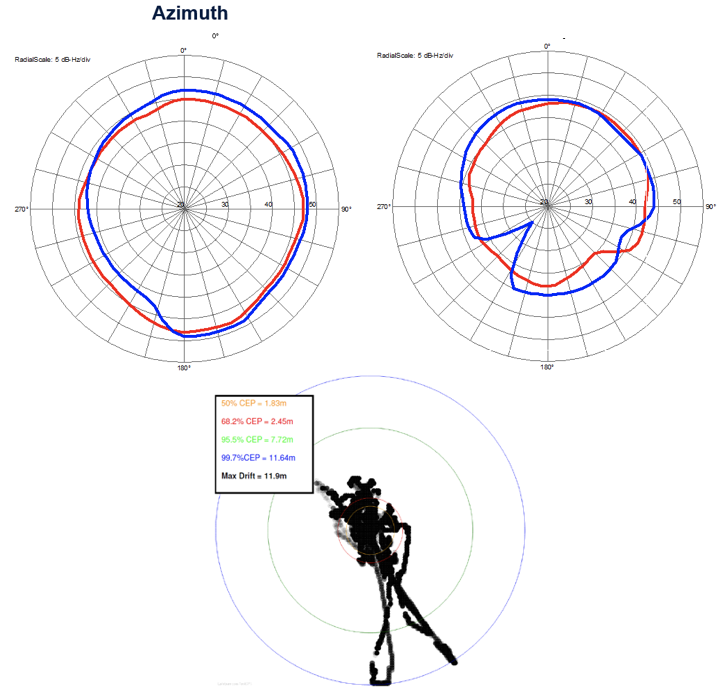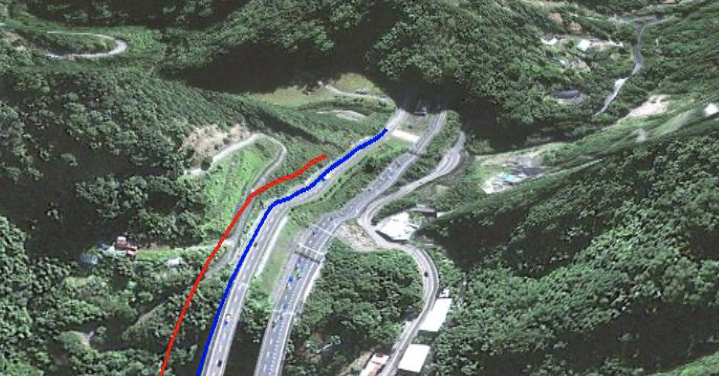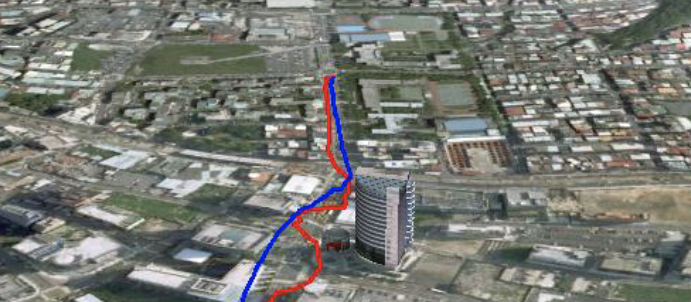Constellations of satellites situated hundreds of miles overhead power some of the most crucial devices and equipment for society, industry and government. This distance enables us to pick up GPS and GNSS signals all over the world, yet it also poses a challenge to IoT manufacturers: how can your device perform well with signals that are hundreds of times weaker than cellular signals?
For a device to perform well, it needs an optimised receiver or receiver-module solution that is sensitive enough to acquire satellite signals and navigation data, calculate a position (fix), update regularly and provide accurate location data. Where wearables, asset trackers and connected vehicles are concerned, these are all critical factors.
In this article, we will review some of the most important measures of GNSS/GPS receiver-module performance. These solutions provide a much quicker method of obtaining high levels of GNSS performance without compromising on time to market or requiring specialist expertise.
True update rate
Understanding how frequently a GPS module calculates and reports its position can be a fundamentally critical metric. For highly dynamic applications, which could include both positioning and navigation, a higher update rate will always be preferred. This enables closer-to-live navigation and positioning accuracy.
Most devices refresh at 1Hz, equivalent to one update every second. However, highly dynamic applications are continually requiring higher true update rates. In these scenarios, we would recommend sourcing a solution with 5Hz (such as M10578-A2) or 10Hz (M10578) update rates.
When evaluating the true update rate of a GPS module, be sure to examine whether the true update rate is variable, as most mid-market receiver-modules will perform this way.
Sensitivity
By their very nature, GPS and GNSS signals are incredibly weak. The sensitivity of a GPS receiver and module determines how well it can perform with these weak signals. Receiver sensitivity should be considered in terms of both acquisition and tracking, as the sequence of operations necessitates signal acquisition before it enables tracking.
Especially where devices are situated indoors or with obstructions, high sensitivity can be highly advantageous. From a cold start, Antenova’s modules can reach -148dBm, and for tracking applications can reach -165dBm of sensitivity.
Time to first fix
The time to first fix (TTFF) is perhaps one of the better known measures of GPS/GNSS module performance. Counted in seconds, the TTFF calculates the time taken, after power on, to obtain a fix, accurate position and time using four satellites. Faster is, of course, better, but the variation between different GPS/GNSS receiver-modules can be significant – with some variations as big as 15-20 seconds.
RADIONOVA, Antenova’s line of modules for GNSS and GPS, can achieve a first fix from a hot start in under a second, with cold starts typically achieving a fix within 35 seconds.
EPO & EASY
RADIONOVA modules harness a server-based orbit prediction service called EPO. This system enables Antenova’s GPS receiver modules to achieve a fast TTFF and achieve greater accuracy, even in weaker signal conditions.
Similarly, the EASY system integrated by the MediaTek chip improves the warm start accuracy, enabling the system to calculate the satellite orbit prediction and provides up to 3 days extension for received ephemeris.
Using this orbit prediction service, the typical time-to-first-fix is just 5 seconds.
Horizontal positioning accuracy

RADIONOVA radiation pattern (marked in blue) and CEP static test, showing RADIONOVA’s 50% CEP at 1.83m.
Horizontal positioning accuracy is the best metric to assess how close the estimate ascribed by the GPS signal is to the truth. It is measured using CEP, circular error probability, which examines the radius of a horizontally placed, 2D point – with the radius formed by the GPS signal describing the accuracy of the signal.
Real-world testing for real-world applications

|

|
Horizontal positioning accuracy tests conducted by Antenova. Antenova’s GPS/Receiver module results are in blue.
While the theoretical performance thresholds of a GPS/GNSS module-receiver are good to know, it is more important to understand how these devices work in the real world. With such weak signals propagating, obstacles such as tunnels, buildings and even atmospheric factors can influence the performance of a GNSS/GPS module-receiver.
To understand how our modules perform in the real world, Antenova conducts some of the most thorough testing of our devices in order to create the most accurate portfolio of products for our customers. For example, we test our products using slow speed and stationary accuracy tests, which demonstrate the real-world tracking capabilities of a module. Using this feedback, we optimise our products for performance in the real world. Additionally, we use tunnel exit tests to understand how quickly our products reacquire a lost GPS fix.
Radiation patterns are also important. As devices are used more dynamically, in handheld, wearables or even for tracking assets, the highly directional, anisotropic ceramic patches and the like would fail to perform well. Our modules are both isotropic and omnidirectional, offering greater reliability in performance.
Conclusion
RADIONOVA is Antenova’s family of compact surface-mounted GPS and GNSS modules. They offer a simple, drop-in solution for high levels of performance with seamless integration.
RADIONOVA modules consist of the GPS/GNSS receiver chipset, along with the required RF components (TCXO, LNA and SAW). Antenova’s modules also contain a purpose-built antenna, designed to maximise performance in a minimal footprint.
These modules enable product engineers to quickly and seamlessly integrate a complete GNSS/GPS solution, which can be easily matched off-module to maximise performance within the design.
Benefits:
- One-size-fits-all: an easily integrable solution.
- Designed and tested by Antenova, a leading antenna manufacturer – maximising performance in a minimal space; no third-party antennas enable the best performance.
- Easy off-module matching to achieve high levels of performance with minimal effort.


